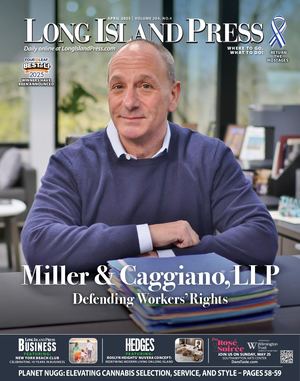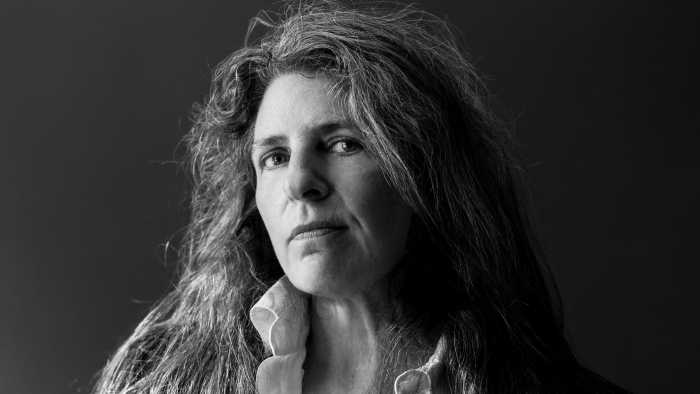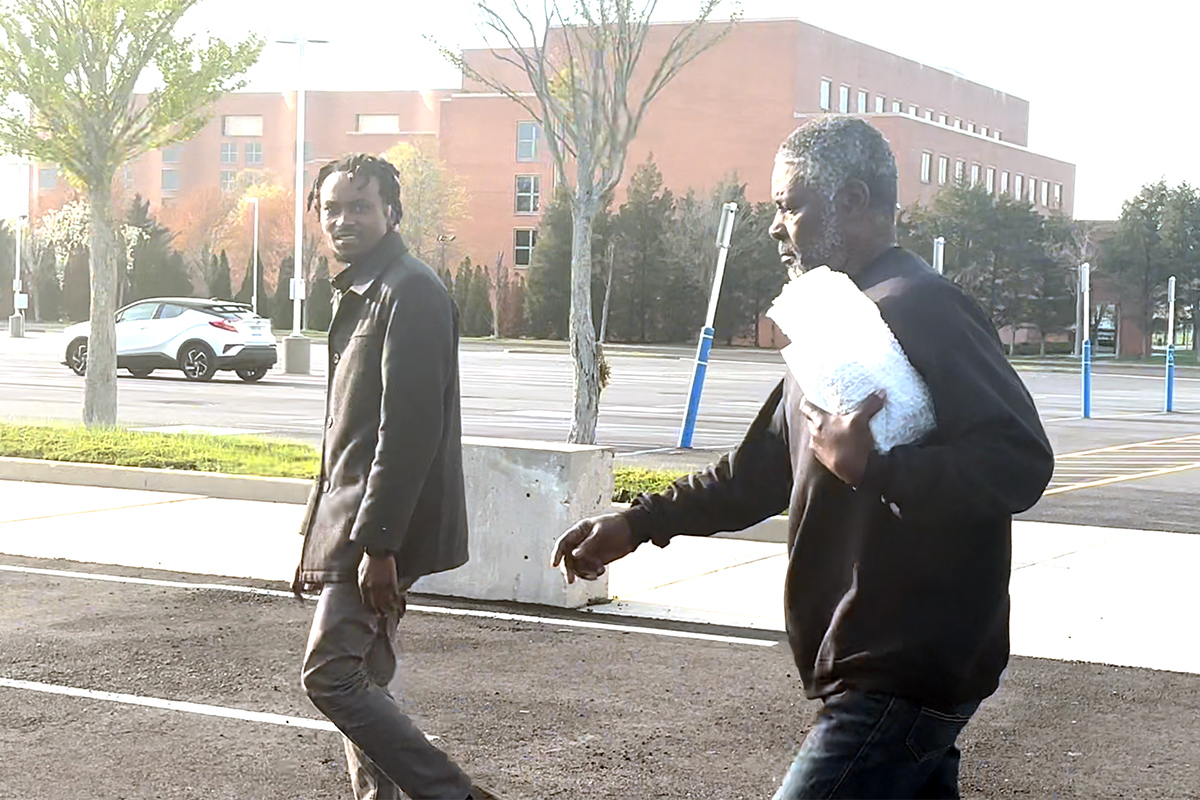A Conspiracy Of One: The JFK Assassination 50 years Later
In a quiet suburb in Texas it had become customary for a group of housewives to share a cup of coffee along with their daily worries. One woman, Marina, was especially troubled since her husband Lee was again out of work. With two small daughters to care for and beleaguered by grocery bills and the rent, the future looked glum. This prompted another to mention that her brother who worked at the School Book Depository, a warehouse in downtown Dallas, was hiring. Marina excitedly relayed this news to Lee who applied and was hired.
It wasn’t long before President John F. Kennedy arrived in Texas with an eye on harvesting the state’s rich electoral votes for the upcoming presidential election. Part of his itinerary would be a stop in Dallas where he and Governor John
Connelly would motorcade through the streets to be seen by the adoring crowds lining the way. It was good politics. In trumpeting the president’s arrival the city newspapers published the route of the motorcade assuring the crowds would be heavy and enthusiastic. Lee Harvey Oswald, peculiar and reclusive, studied the motorcade’s route intently, which would swing onto Elm Street past the building where Oswald now worked. Fate and opportunity would rendezvous with tragic consequences.
Details have always been the problem with conspiracy theories, which have become legion since John F. Kennedy’s assassination 50 years ago. What seems impossibly coincidental has an explanation if one is interested in finding the truth. To believe, for example, that Oswald was planted at the School Book Depository by malevolent forces would require a belief that those unassuming housewives sipping coffee were an integral part of the conspiracy. Yet a cover of a major magazine has the blaring headline: “Who Killed JFK,” as if no one ever asked. In fact, it’s been turned inside out and the evidence is overwhelming that the Warren Commission, the most maligned group of inquisitors since
Torquemada’s Inquisition, got it essentially right by concluding that Oswald acted alone and was not part of some cabal orchestrated by Fidel Castro, the Mafia, the CIA, Lyndon Johnson and a host of other would be villains.
Nevertheless, four out of five Americans persisted in the belief that the assassination was the result of a conspiracy. Less than 24 hours after Oswald’s arrest, Daniel Patrick Moynihan warned that we need to get the suspect out of that Dallas jail or someone is going to kill him and talk of a conspiracy will linger for the next 50 years. Well, that’s exactly what happened.
I’ve long believed that the Kennedy assassination was a conspiracy of one. While too young to follow the Warren Commission hearings, I listened intently to the House Select Committee’s hearing in 1978, which reopened the investigation because of dissatisfaction about the Warren Commission’s findings. The second investigation seemed to be inexorably heading toward confirming the Warren Commission findings until an acoustical reconstruction concluded that a fourth shot was probably fired from the grassy knoll which failed to hit its target. This would prove there were two gunmen in Dealey Plaza.
But this is highly suspect, based only on a static filled dictabelt on a police motorcycle that had its radio switch stuck in the on position for over 5 minutes inadvertently recording all the sounds within the range of that open mic, despite the fact that doubts surfaced upon whether the motorcycle was even in Dealey Plaza, because there are no sounds of gunfire. Not satisfied, sound experts searched for impulse patterns and because there were several unusual ones (Dealey Plaza is a veritable echo chamber) the Committee hastily concluded there was probably a second gunman. It was the conclusion they wanted but it embarrassingly unraveled when a panel of experts from the National Academy of Sciences concluded that the analysis of the dictabelt was seriously flawed.
Evidence pointing to Oswald as the lone killer is virtually unambiguous and incriminating beginning with Oswald’s unfortunate background: The broken family, his mother briefly committing him to an orphanage because he was incorrigible, his bullying, a psychiatrist report describing the 15-year-old Oswald as a time bomb for explosiveness and violence; twice court martialed in the Marine Corps, a devoted Marxist who hated the American political system and defected to the Soviet Union, his failed suicide attempt in Moscow, a marriage rife with domestic abuse, trying to murder Army General Edwin Walker shortly before the Kennedy assassination, and an attempt, thwarted by Marina, to kill Richard Nixon.
The events of November 22, 1963 point strongly to Oswald’s guilt. He was the only one who fled the School Book Depository after the shots were fired; his prints were found on the rifle that fired the shots from the sniper’s nest on the 6th floor. He alone shot Officer J.D. Tippit dead after being stopped for questioning. While the evidence implicating Oswald is overwhelming, there is no evidence whatsoever of implicating anyone else save the most shadowy of unidentified gunmen.
Moreover, Oswald’s record from the Marine Corps shows him to be of marksman caliber and reconstructions of the assassination by the FBI have determined that it was possible for one gunman to fire the shots that killed Kennedy and wounded Connelly. What about the theory that Oswald was a hired gun? There is no evidence whatsoever to support such a contention. Oswald was pathologically distrusting of others and essentially incapable of forging bonds and working with others. After his defection from the Soviet Union, it seemed that both Oswald and the Soviet government became quickly disillusioned with each other and soon afterwards the Soviets had nothing to do with him.
That still leaves Jack Ruby, the man who killed Oswald. How was it possible that after the murder of the century this brawling street thug got access to the police garage where they were transporting Oswald? One way is to act ingratiatingly toward the Dallas Police Department. Having run several strip joints, more than a few on the police force were favored customers. Most of the cops knew Ruby by sight and had been friendly with him.
Combine this with Ruby’s wild mood swings, being jovial one moment and violent and impulsive the next and the picture becomes clearer. The assassination of Kennedy, who he saw as a friend to the Jewish people and therefore himself, had completely unnerved him. There is copious testimony of Ruby grieving, crying and becoming overwrought over the death of the president. He said he wanted to avenge the president’s death by cutting Oswald to pieces. Ruby shooting Oswald was not premeditated; once again it was fate rendezvousing with opportunity.
Ruby went to his death swearing to his Rabbi that he was not part of a conspiracy. Those who knew him found this believable because Ruby could never keep his mouth shut — a bad case of logorrhea. Not exactly the recruit scheming conspirators would be seeking out.
Like every historical episode where horror darkly colors the emotions, the product will be one of mythmaking. The public was in denial that the Age of Camelot could be brought down by a two-bit lone gunman. The “magic bullet theory” the view that the same bullet struck both Kennedy and Connelly, appears implausible but is scientifically verifiable, its trajectory projected from the Zapruder film that captured the assassination. Meanwhile, all sorts of stories emerged about mysterious deaths surrounding witnesses of the Kennedy assassination. Like almost everything else about this tragedy it falls apart under examination. These witnesses were no more prone to sudden death than any other segment of the population with similar numbers. It’s also noteworthy that all the conspiracy writers, the pot stirrers of the whole conspiracy industry, are prone to longevity. Why were they spared?
Twenty years ago Gerald Posner wrote Case Closed, which concluded that Oswald acted alone and it is still the most convincing book written on the troubling questions surrounding the assassination. Case Closed is a great title but wishful thinking as long as such a ravenous appetite exists for the charms of conspiracy.
































